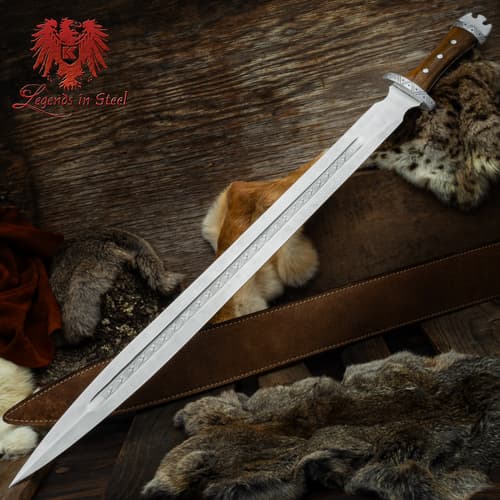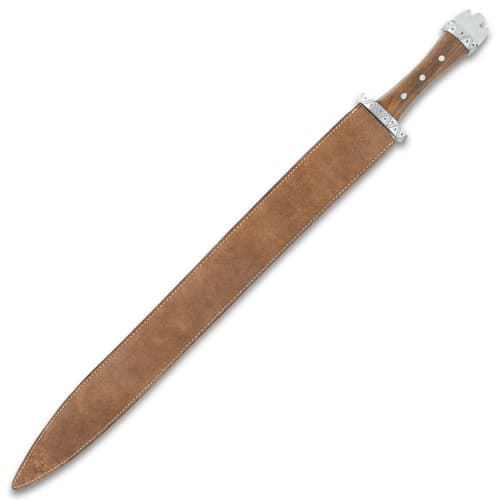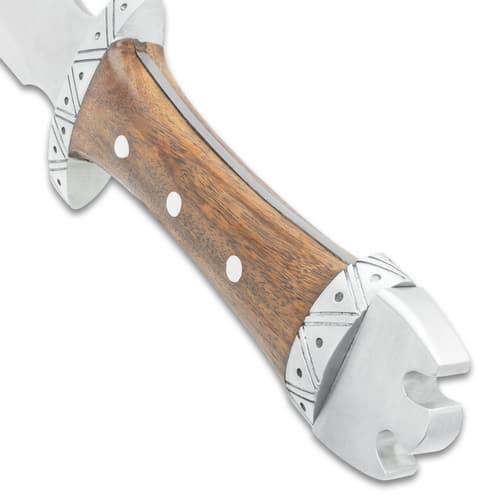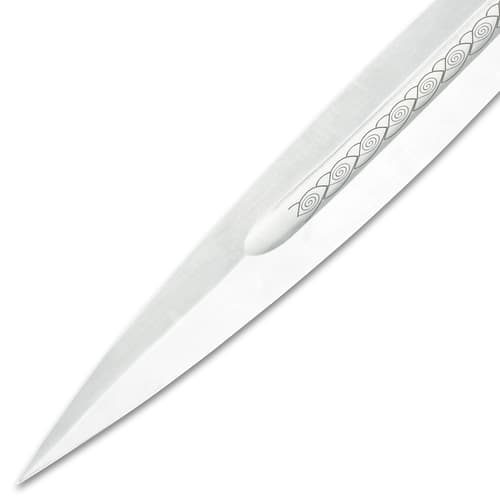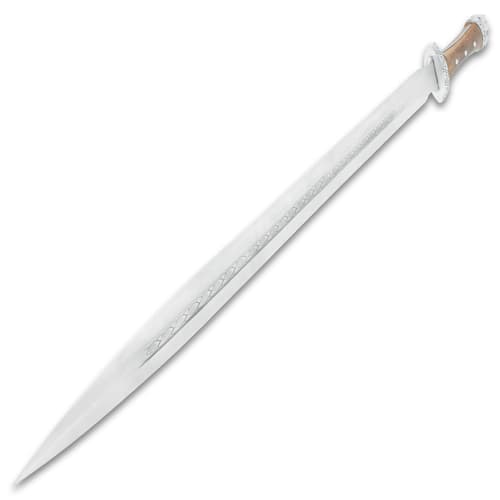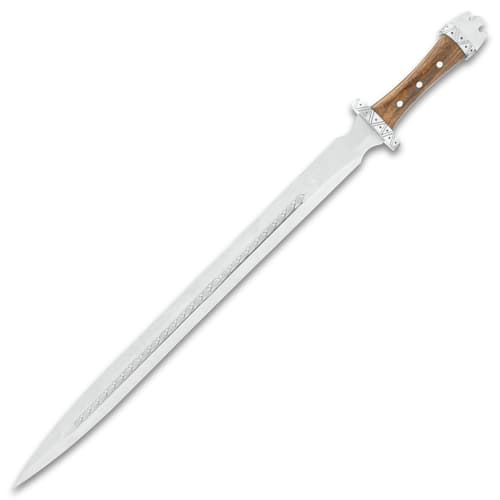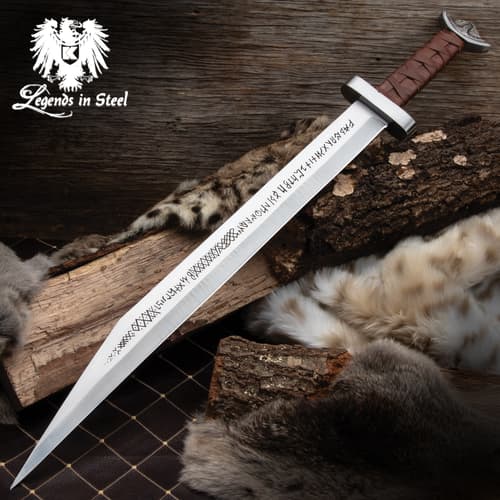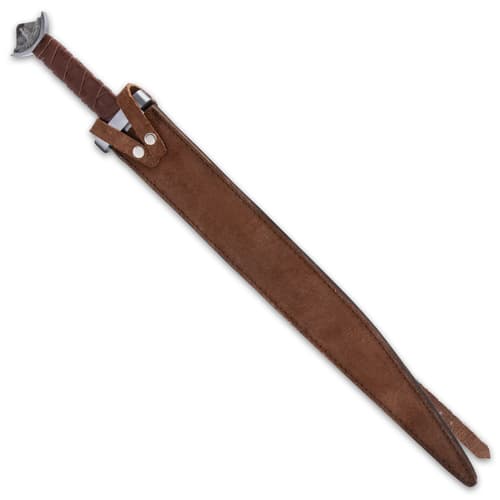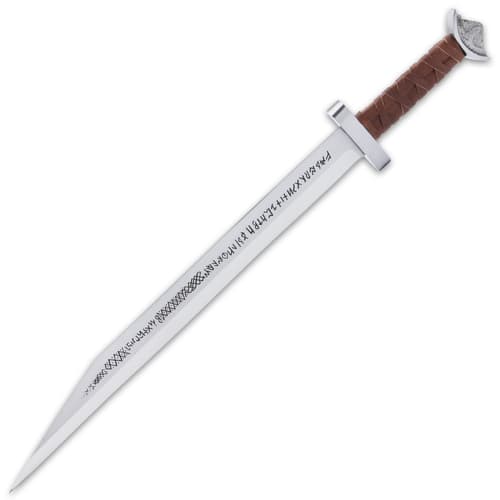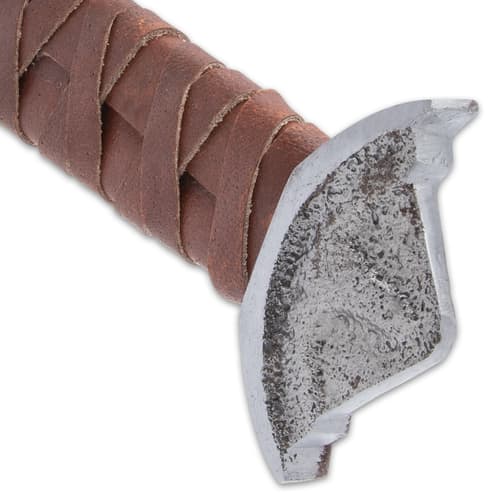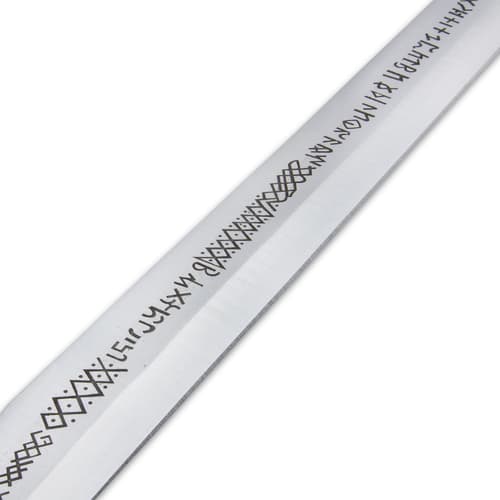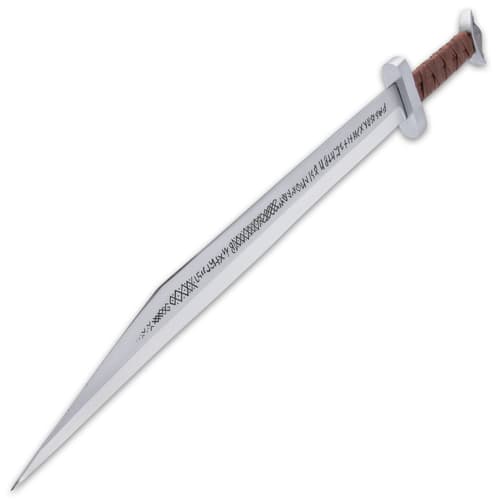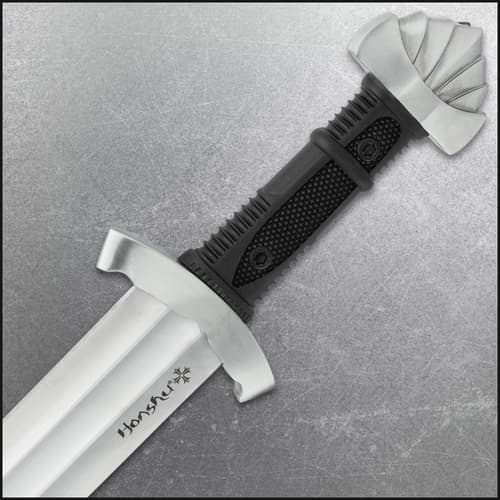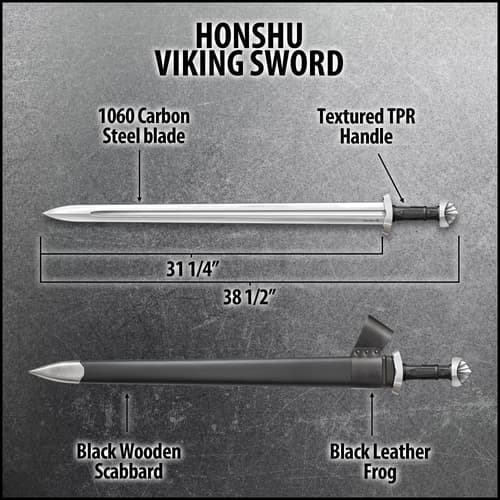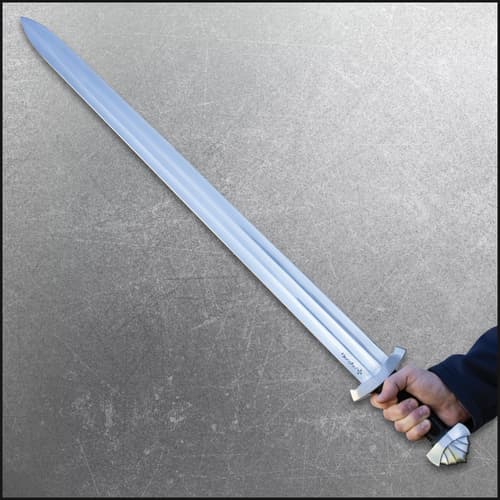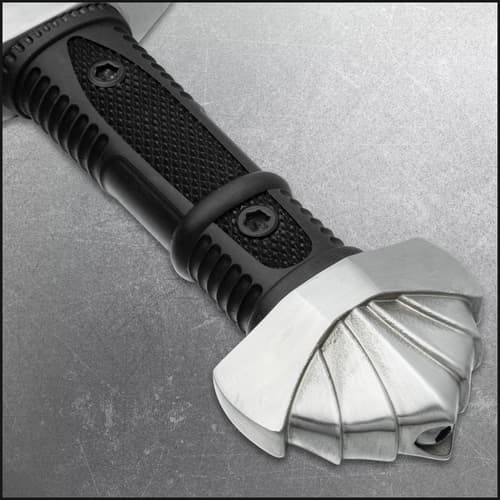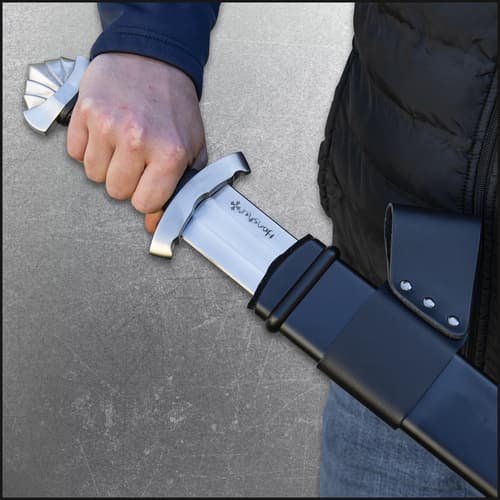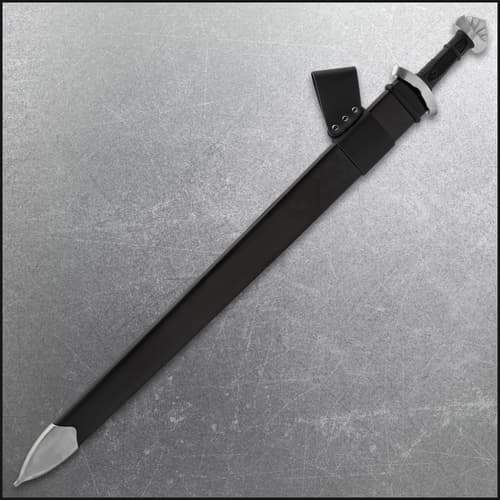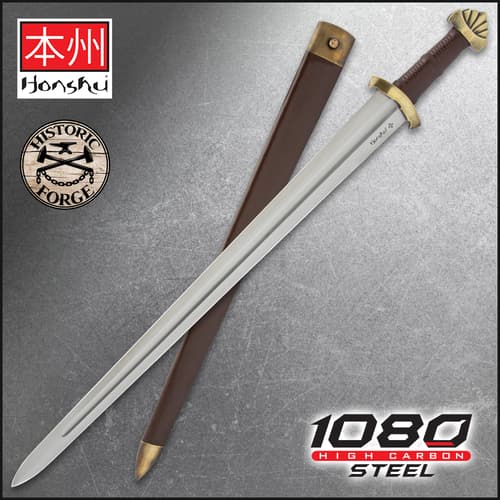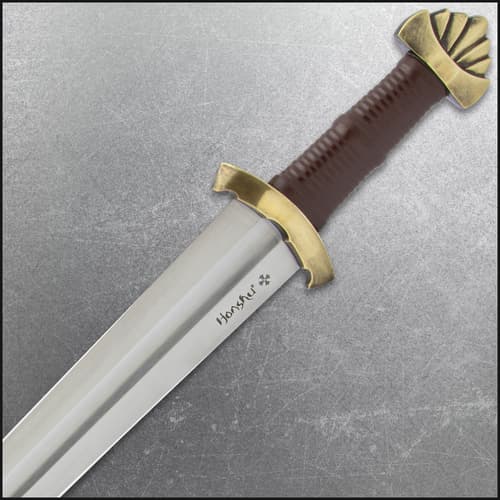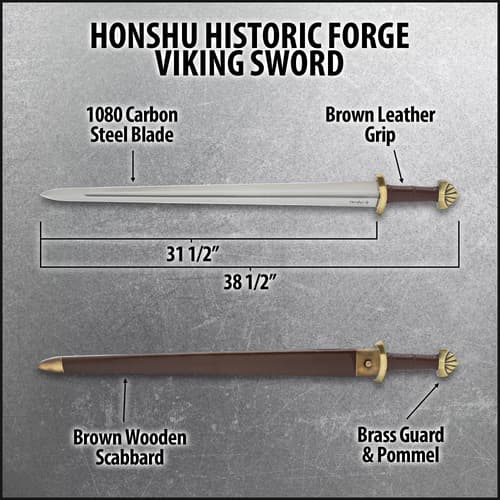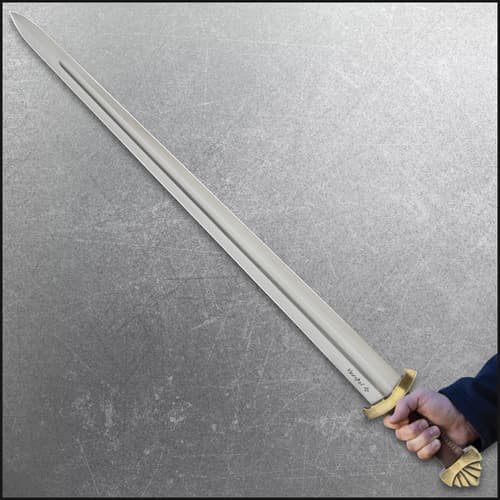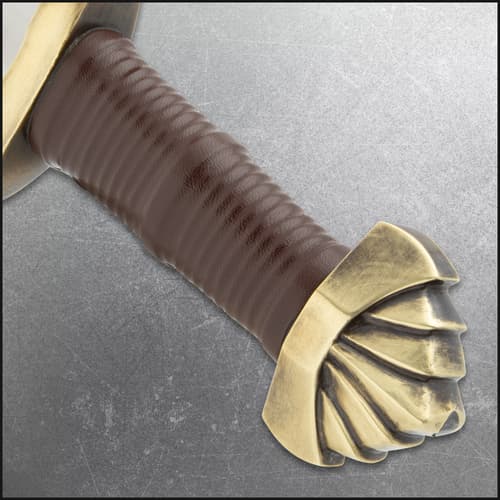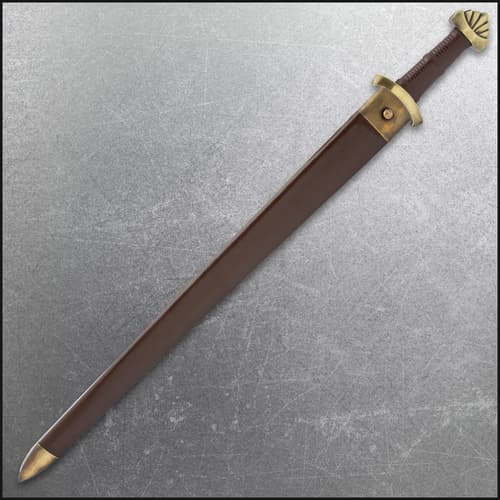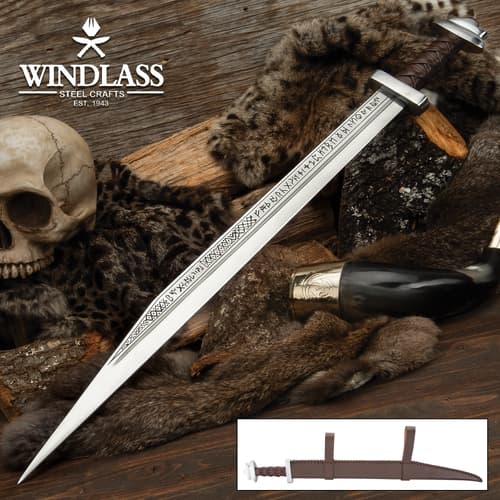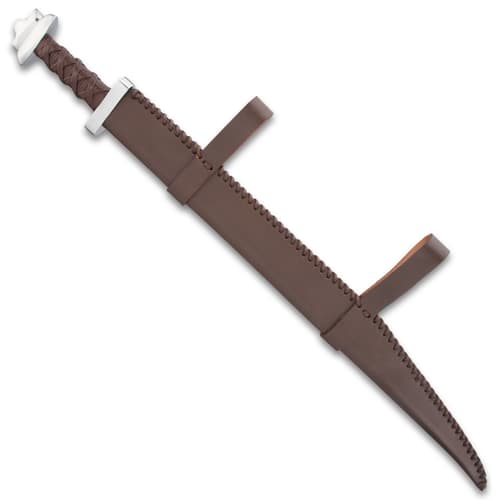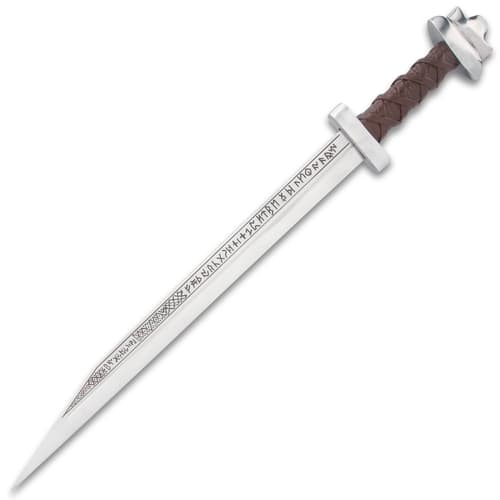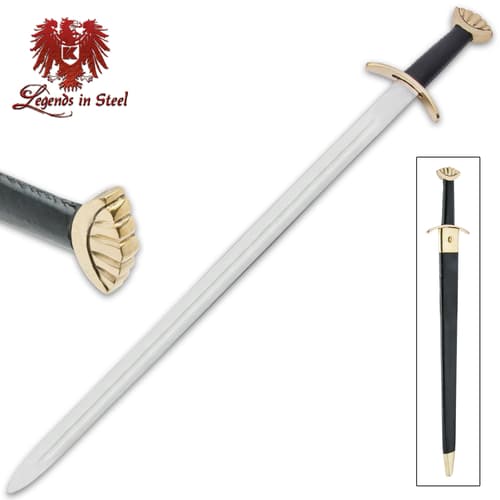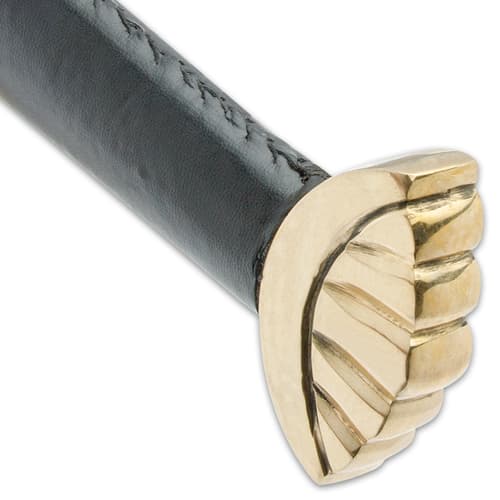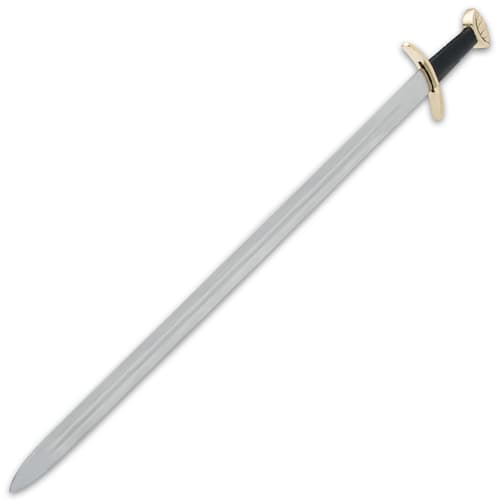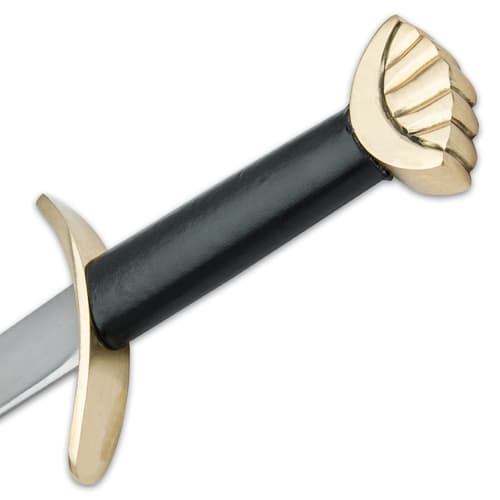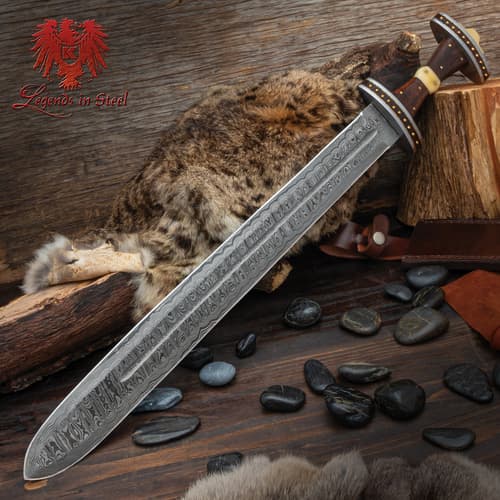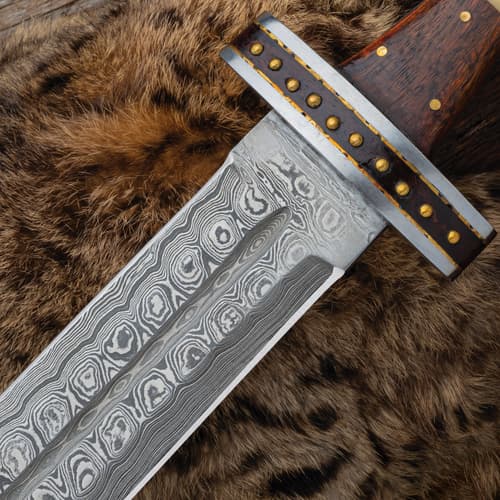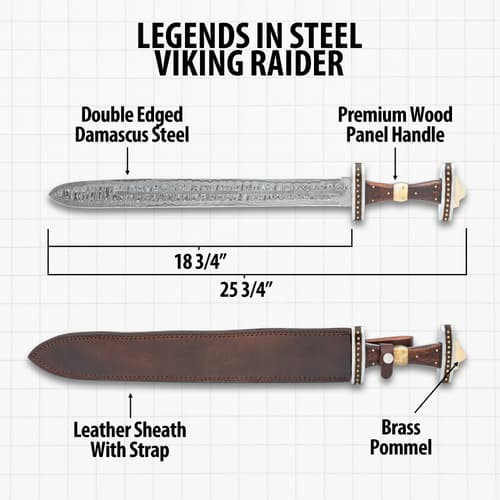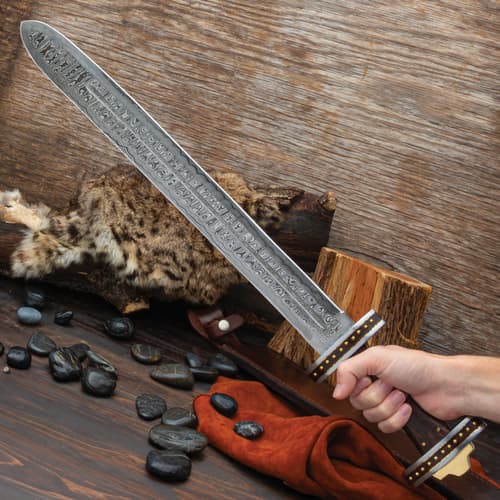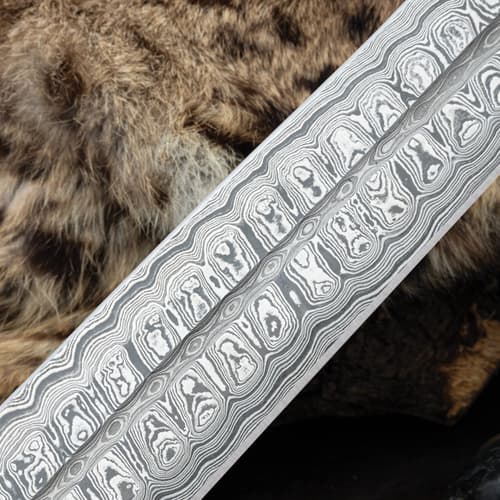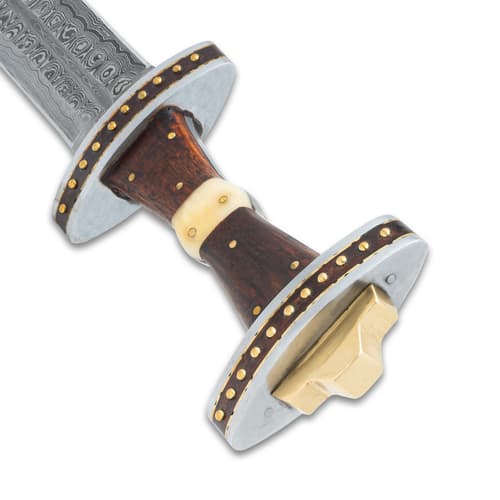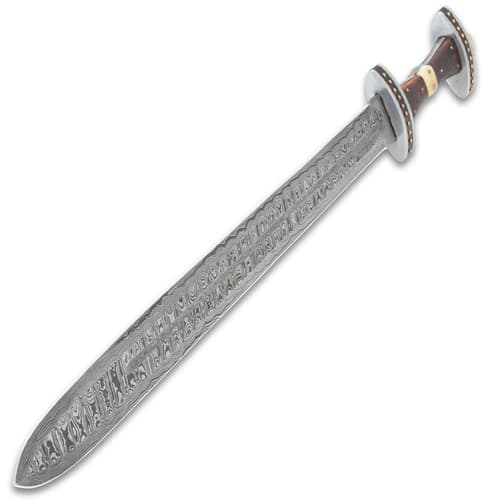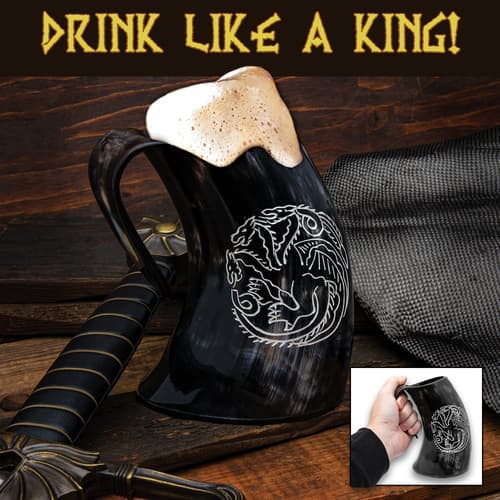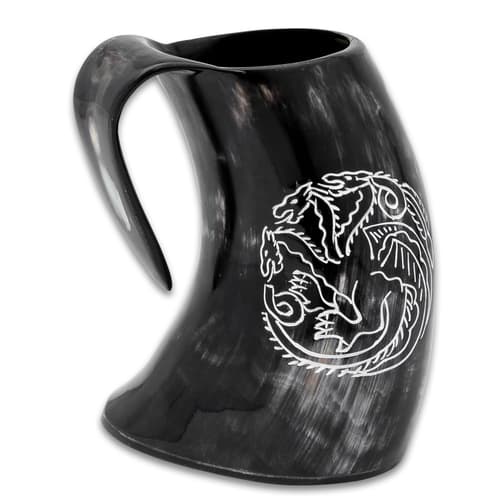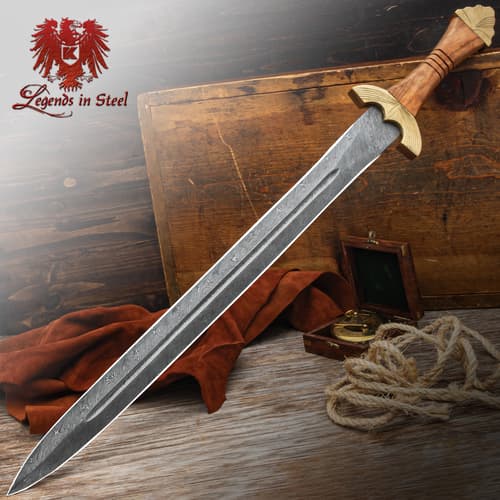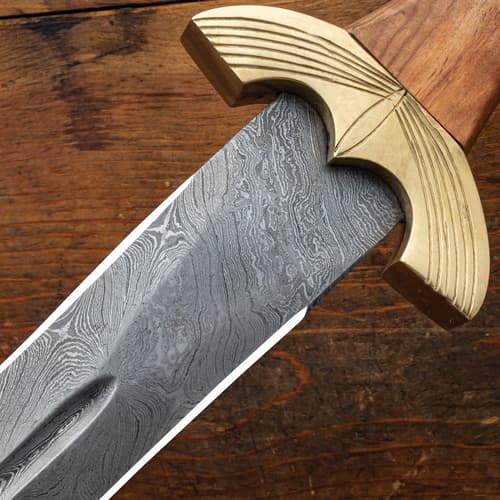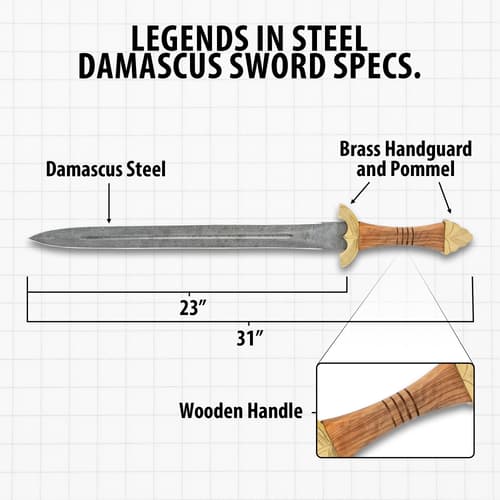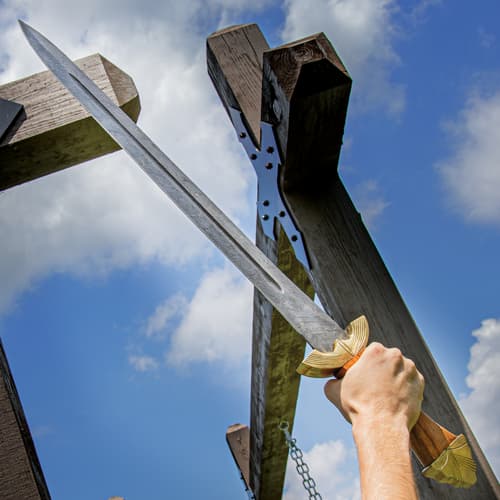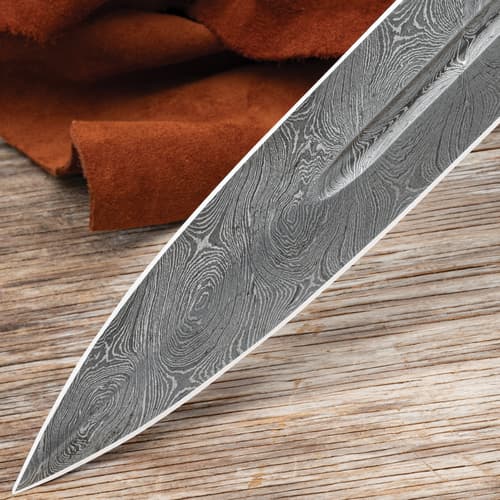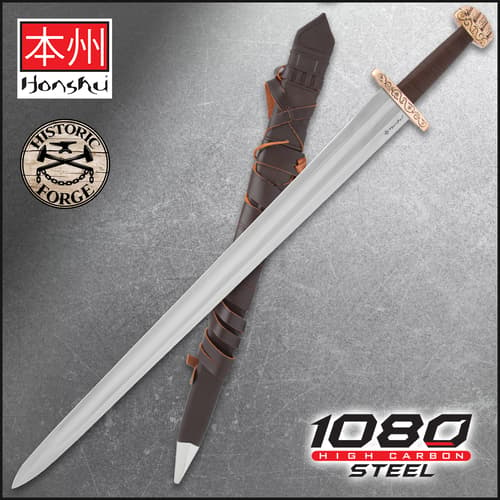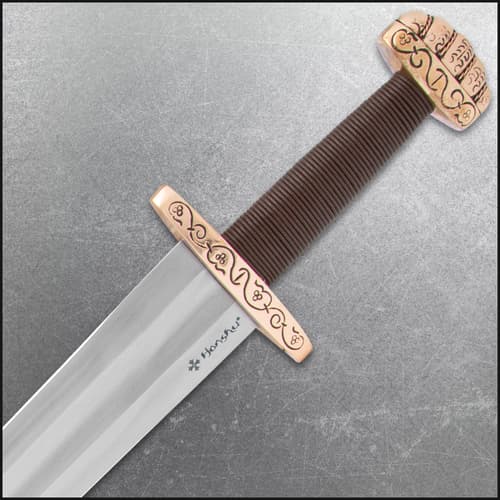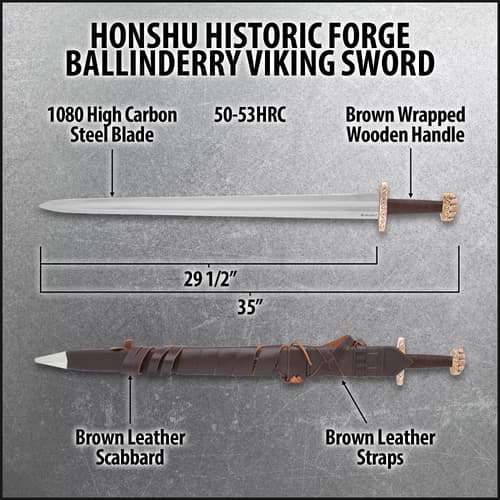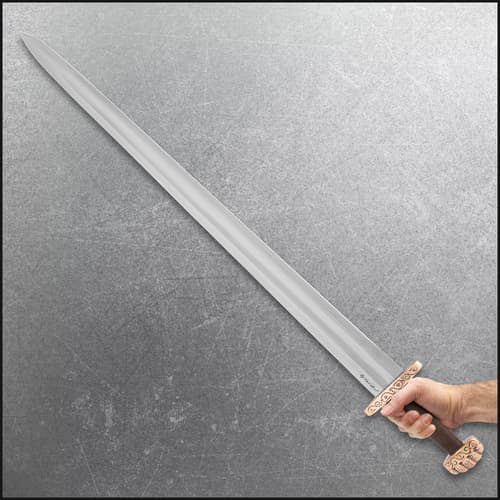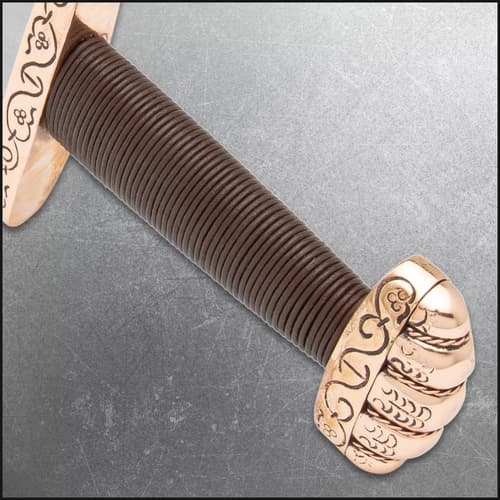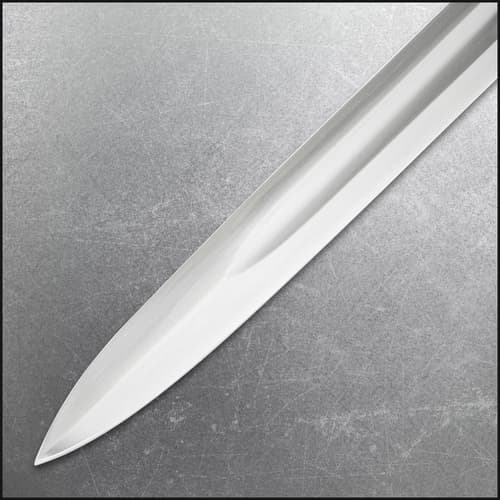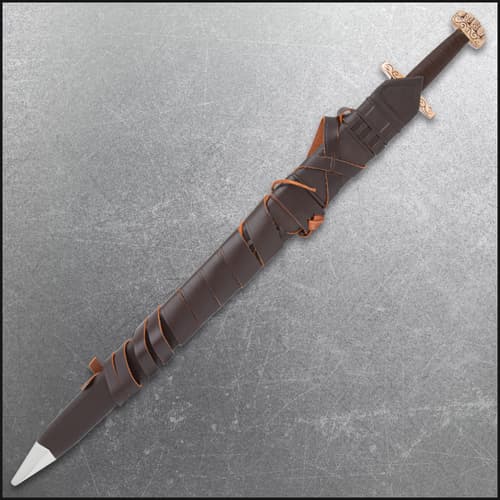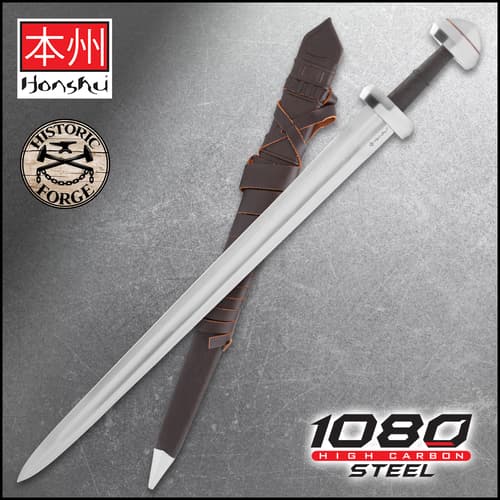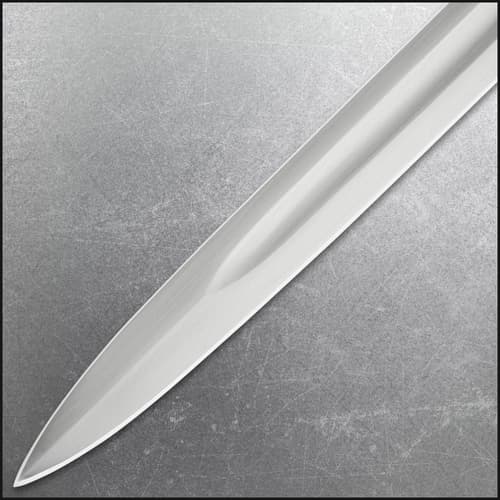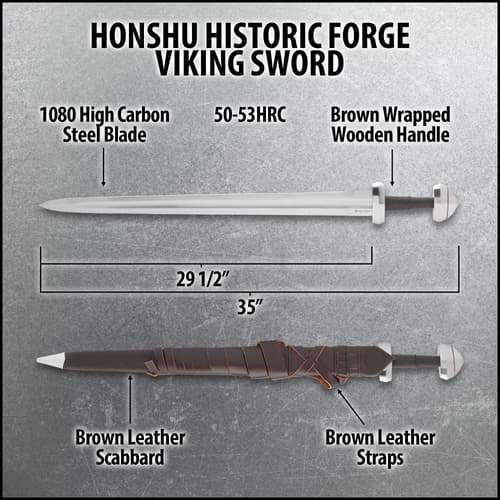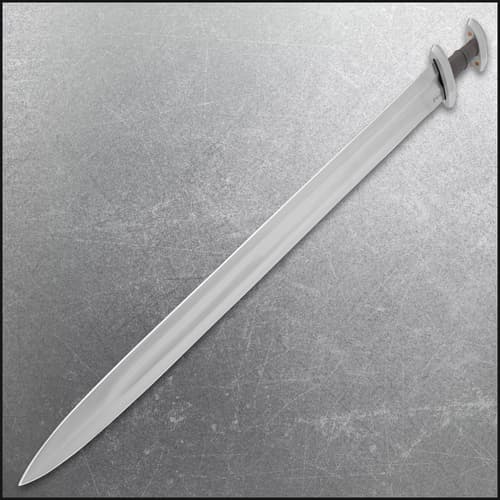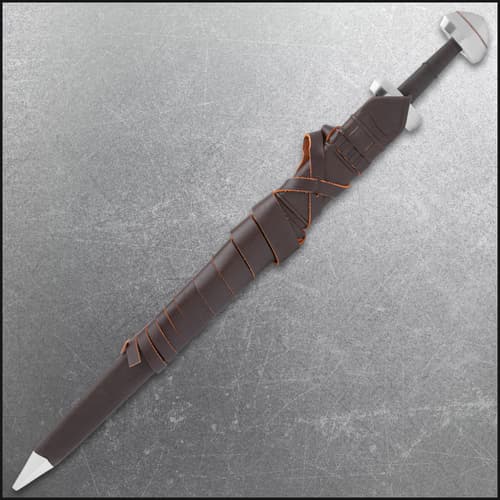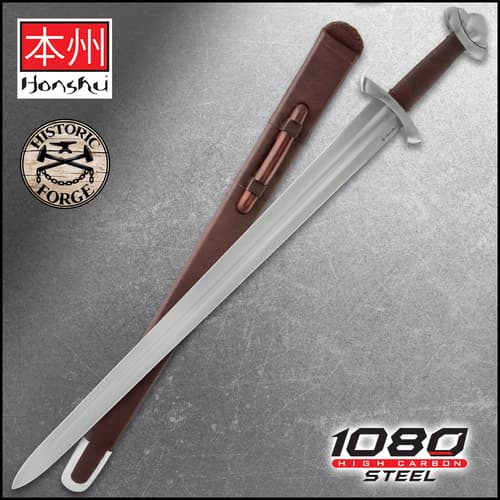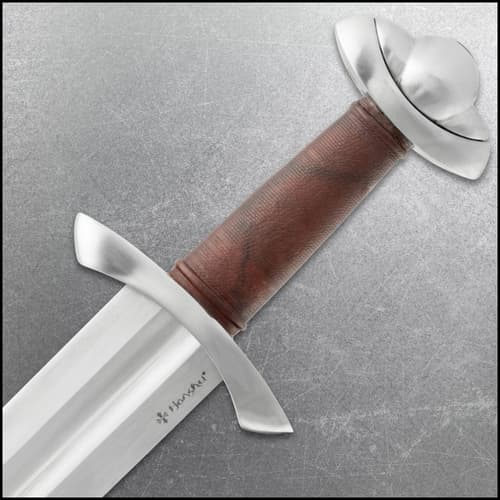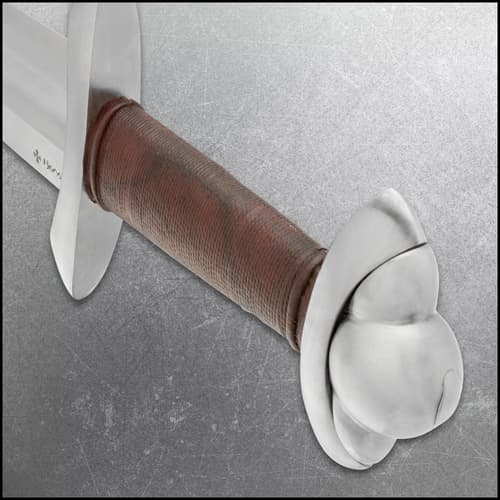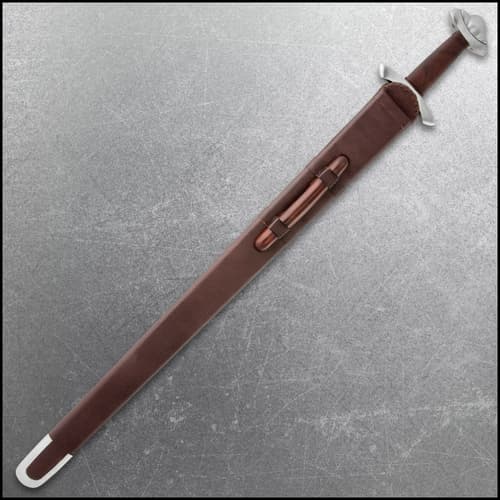Viking Swords
14 Results
$87.98
Price reduced from
$129.99
to
48350
Legends In Steel Viking Seax Sword And Scabbard - One-Piece Carbon Steel Construction, Leather-Wrapped Handle - Length 30”
USD
2
Legends in Steel
Swords
Historical Swords
Viking Swords
CL3
Category L3
129.99
$214.99
52345
Honshu Historic Forge Viking Sword
USD
4
Honshu
Swords
Historical Swords
Viking Swords
CL3
Category L3
254.99
$219.99
$59.99
51520
Legends In Steel Viking Raider Short Sword - Damascus Steel Blade
USD
7
Legends in Steel
Swords
Historical Swords
Gladius Swords
CL3
Category L3
139.99
$15.98
Price reduced from
$29.99
to
50703
Legends In Steel Viking King Sword - Damascus Steel Blade
USD
9
Legends in Steel
Swords
Historical Swords
Gladius Swords
CL3
Category L3
129.99
50984
Honshu Historic Forge Ballinderry Viking Sword - 1080 carbon steel blade, 35" overall
USD
10
Honshu
Swords
Historical Swords
Viking Swords
CL3
Category L3
334.99
50977
Honshu Historic Forge Viking Sword - 29 1/2" Carbon Steel Blade, Brown Leather Wrapped Grip
USD
11
Honshu
Swords
Historical Swords
Gladius Swords
CL3
Category L3
339.99
50993
Honshu Historic Forge 10th C. Norse Viking Sword - 1080 carbon steel, brown wooden scabbard included
USD
12
Honshu
Brands
Honshu - Knives, Swords & Axes
CL3
Category L3
314.99
VIKING SWORD FAQS
- What defines a Viking Sword?
“Viking” swords, also commonly referred to as Carolingian swords, constitute a class of sword patterns that were commonly traded and used throughout Northern Europe between the 8th and 10th centuries AD. These swords were generally typified by a single-handed hilt that sported a three to five-lobed pommel and a short crossguard. Oftentimes the hilt was richly decorated with gold or silverwork or inscribed with runes. The typical Viking sword was double-edged and had a single, wide fuller. Viking Swords are typically characterized by their broad, double-edged blades, long straight design, and simple crossguards with rounded pommels. These swords were used by fierce Norse warriors. - Why were Viking Swords made with such ornate hilts?
The hilts of Viking Swords were typically highly decorated and may have been ornamented with precious metal filigree or bone inlays, or even gems. Sometimes the hilts would be decorated with runic inscriptions. This is because swords were held in high esteem by the Norse, and seen as highly personal items. Some owners may even have named their swords. Swords were also sometimes given as gifts, which may have been a reason for some of the more florid designs. - What materials are used to make Viking Swords?
Viking Swords at TrueSwords.com are crafted from high-quality materials, with blades often made from high-carbon steel or stainless steel. The handles are typically wrapped in leather, while the crossguard and pommel are made from steel or other durable materials. - How historically accurate are Viking Swords?
Many of our Viking Swords are designed to closely resemble historical Norse blades. While some elements may be modernized for durability, the overall design, length, and craftsmanship are inspired by authentic Viking swords from the medieval period. - What type of maintenance is required for a Viking Sword?
Regular maintenance is important to keep your Viking Sword replica in top condition. Clean the blade after use, apply a light coat of oil to prevent rust, and store it in a dry place. Sharpen the blade as needed, especially if used for cutting.

